
Visitors to Malta and Gozo have a lengthy heritage of religious fervour of artisanship to visit and enjoy. These were mainly the result of fervour of religious extremes of the local inhabitants at the time, dating back to many centuries.
This fervour was often taken to religious extremes and was strongly tinged with fearful and awesome threats of the afterlife suffering in the blazing fires of Hell for those who wander off the straight and narrow.
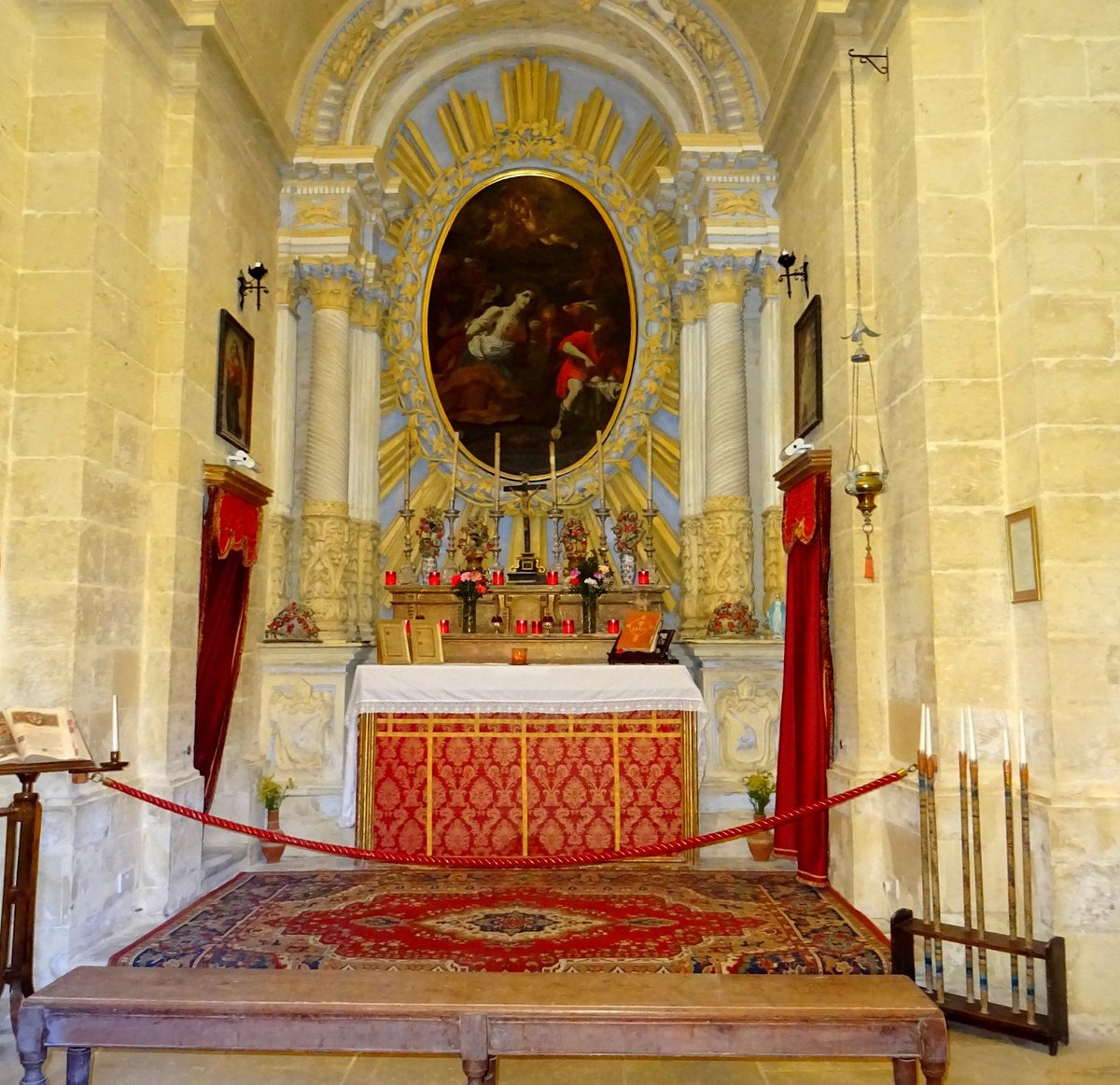
Whether these sentiments were true or not they were highly favoured by the Authorities for the maintenance of Law and Order at the time when there were not patrols or constabulary and inhabitants had to choose whether to abide by the good or fall from the path of justice and suffer the burning sufferings of pain in after-life.
Besides the main cathedral in the old Maltese capital of Mdina (named Medina by the Moorish Arabs during their lengthy sojourn in Malta and Gozo but also known as Citta Vecchia (The Old City) in Latin), there is also St John’s Co-Cathedral in Valletta and of course the walled cathedral in Gozo surrounded by the Cittadella (a mini-city) fortifications.
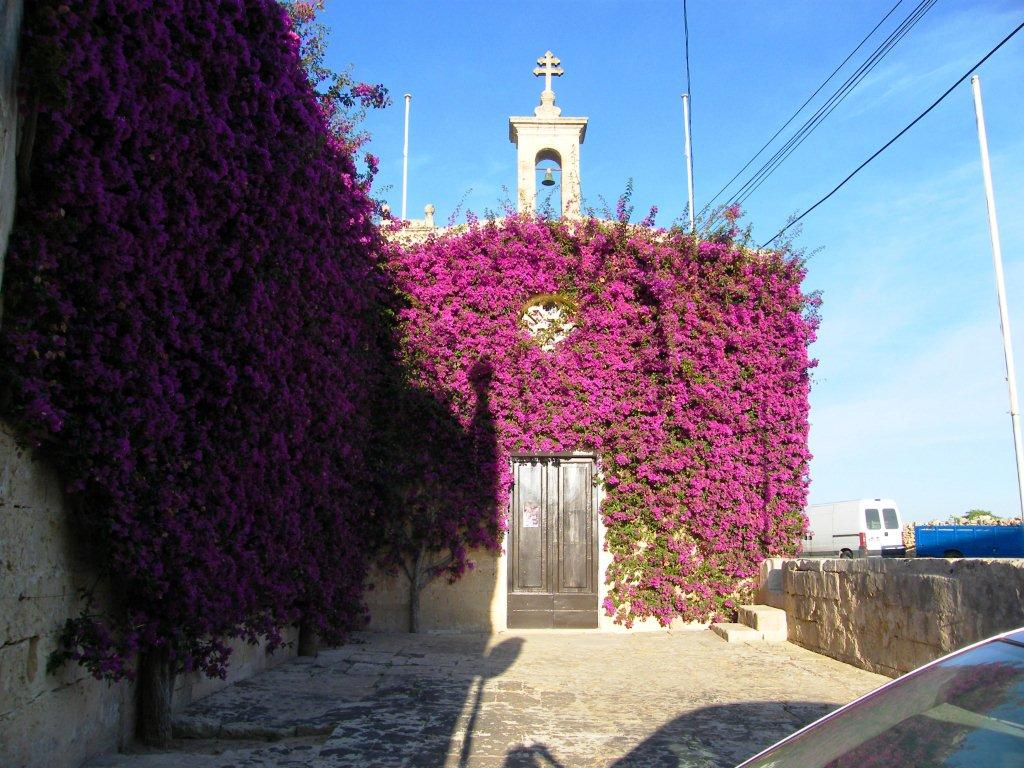
Every city, town or village in Malta and Gozo has its own Parish Church and the larger localities two, three or four.
However, if you want to solicit a religious prayer in Malta, by no means should you despair. A recent survey concluded there are at least 400 (yes, four hundred) different churches and chapels in Malta and Gozo (all Roman Catholic mind you), besides a glut of private household chapels in splendid medieval buildings, priories, convents, hospitals, clinics, colleges, schools and the airport multi-domination chapel.
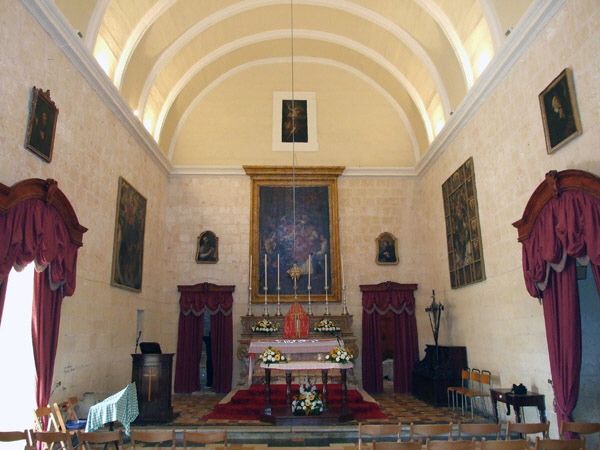
Nowadays there is also a Church of England Cathedral in Valletta, a Muslim Mosque, a Synagogue and a Greek Orthodox Church.
That’s not at all bad going for two of the Mediterranean’s smallest islands packed into a limited area of 316 square kilometres.
Many of these are over 200 and 300 years old and a small number stretch back to a 500 year history. If it be your wish you can solicit a prayer in a different church/chapel for a whole year of 365 days and 366 in a Leap Year for good measure and with a number to spare for the following year.
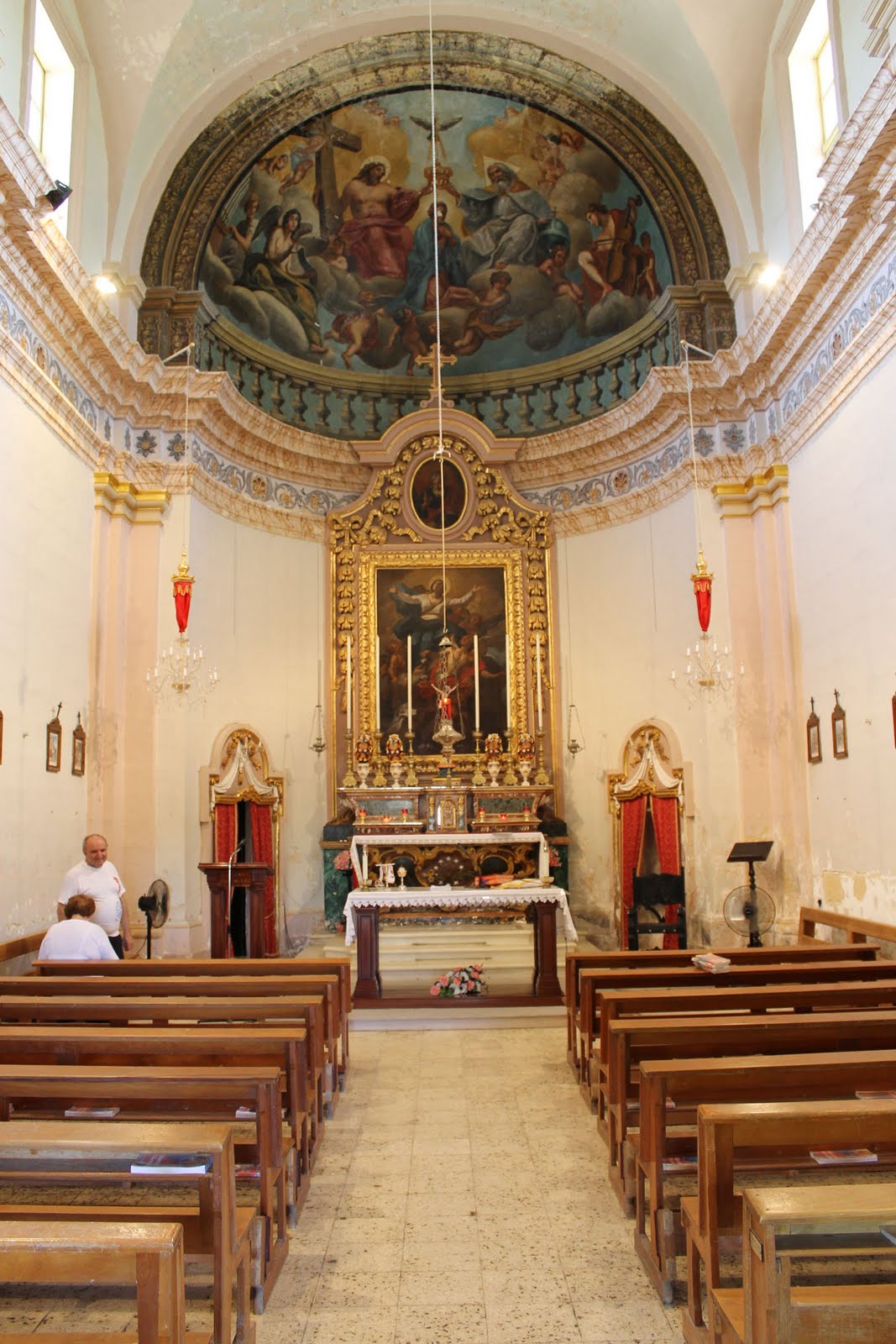
Of course, not all of them are open every day and a great number of them are permanently closed because even the Maltese Curia cannot nowadays provide the clerical human resource or the financial resource to man and maintain them all!
With the threat of Moorish or Turkish invasions always prevalent for centuries, places of worship were mainly built in fortified villages. When that threat ebbed in the 17th Century, chapels sprang up in every conceivable locality for any possible occasion.
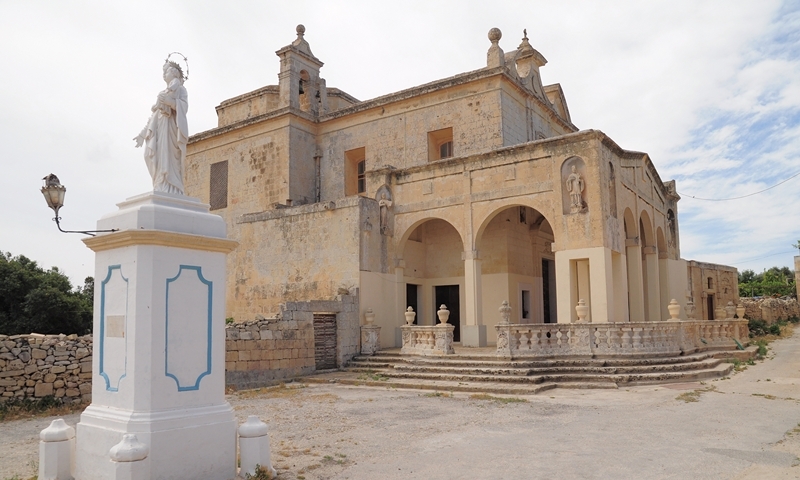
The Church then operated a Customer First policy. Farmers in remote areas working their own small fields were urged to construct their own local chapels at a time when it was obligatory to pray three times daily – that is the early morning Angelus or Pater Nuestro heralding a new day, the noon prayer and the evening Benediction closing the day. Hearing a daily Holy Mass was virtually obligatory as monks or priests from nearby villages walked or rode mules to service these remote chapels.
Some of them have simply splendid architectural design and were internally endowed with velvet-clad columns, silver ornaments and rich paintings into which 20 or so people could fit at a squeeze – not mingling of course but women to the left (where the devil was reputed to walk!) and men to the right (being righteous!).
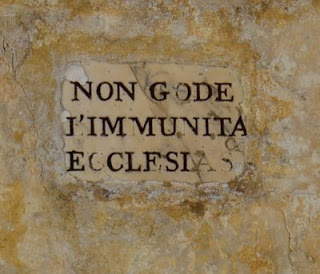
Sadly, now many have fallen into disuse and disrepair. Centuries of weather pounding have taken their toll and over the years many were burgled or pilfered. However, many still have the marble plaque stating “Non Gode l’Immunita’ Ecclesiatica” meaning the chapel does not offer Ecclesiastical Immunity from civil arrest, an attempt to deter criminals seeking sanctuary.
One of my favourite chapels is that dedicated to San Dimitri (St. Demetrius) located remotely in north Gozo, built on a hill overlooking the blue Mediterranean Sea. Legend has it that in the 15th Century an old woman named Natalizja (Natalie) Cauchi and nicknamed “Zgugina” was at home one stormy night with her son Matthew when Barbary pirates attacked their farm.
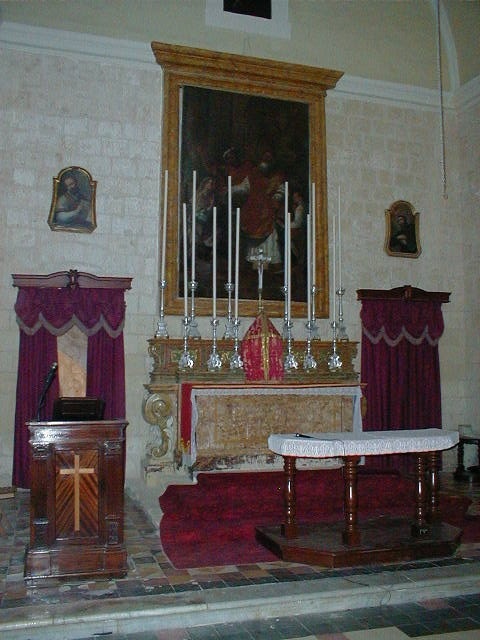
Matthew was taken prisoner and made to board a Barbary galley which headed out to sea. The woman ran to the nearby San Dimitri Chapel and fervently threw herself in front of a painting of the saint and supplicated him to save her son in exchange for which she would light an oil lamp of devotion to the saint every day.
Dimitri heard her pleas and is said to have moved out of the painting on his horse and rode off over the tossing waves and soon returned with Matthew in his arms. Before Dimitri re-entered the painting his horse’s hoof left an imprint in the rock.
Natalizja kept her word and lit an oil lamp every day, a tradition maintained by her offsprings and their offsprings. Then many years later, an earthquake struck the rock on which the chapel stood. The chapel – intact – fell into the sea but the lamp was not extinguished and continued to burn at the bottom of the sea. Sailors and fishermen later continued to vouch that at night they could see the lamp shining brightly from the depths.
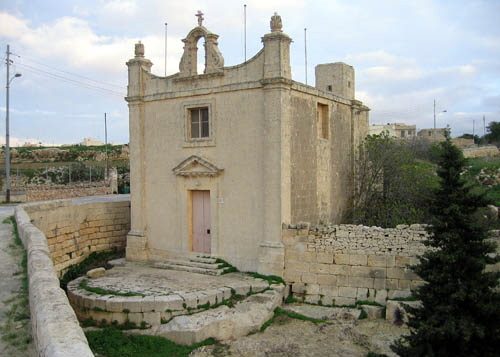
Naturally, a new chapel which stands today had to be built.
However, times have changed. Sixty years ago when clerics from pulpits railed about eternal damnation and assured congregations that Satan maintained hellish underground fires at a steady 1,000F degrees, church attendance stood at 99.999%. A latest church census shows this attendance has now dropped to almost 50%. The fires have cooled – somewhat and the threats of fire and brimstone are not so impressive!.
ALBERT FENECH
email – salina46af@gmail.com
